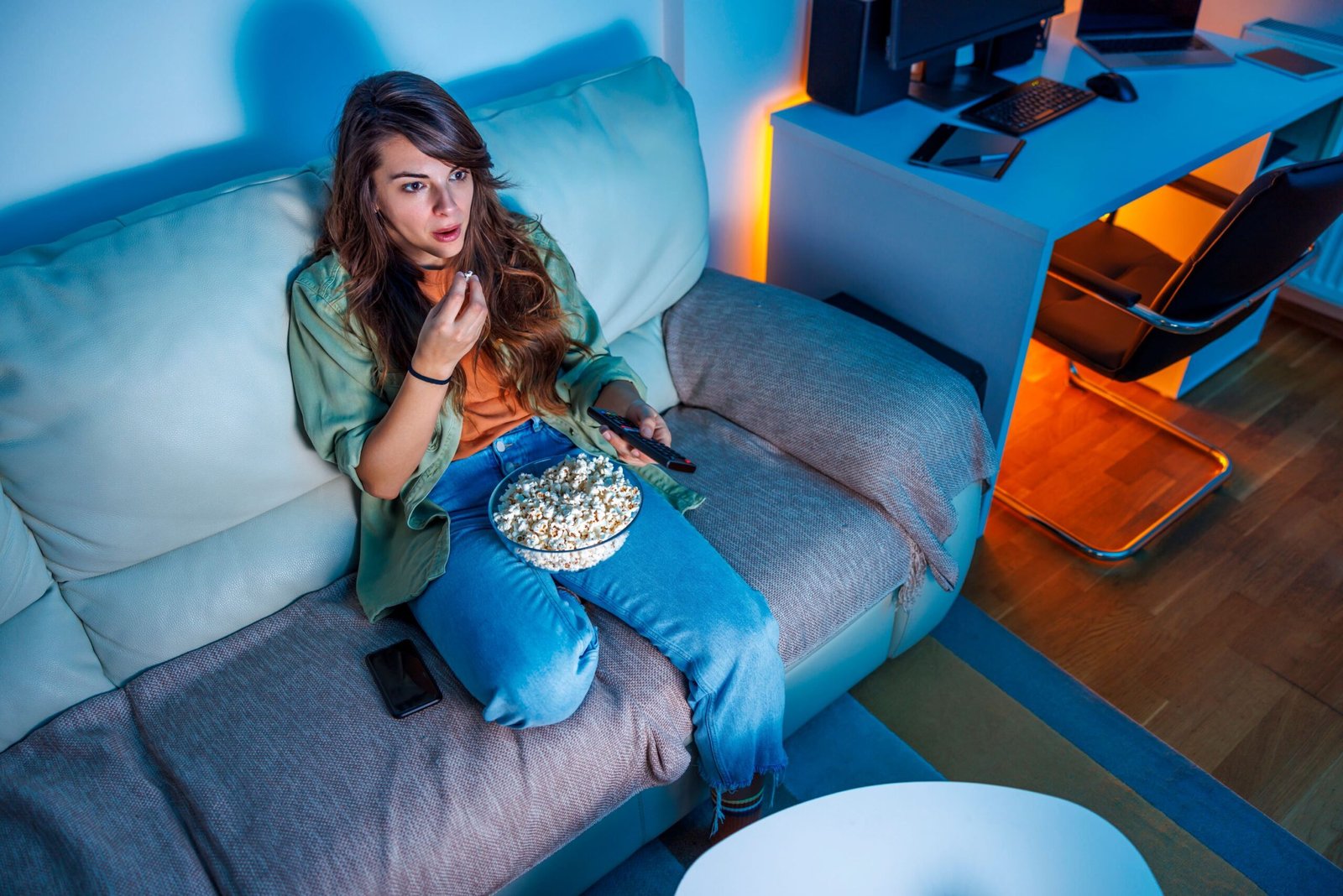Americans and Europeans share many cultural and political similarities. Yet, numerous differences exist between the two. While some practices and products are mutually embraced, others seem peculiar to Americans.
Cigarette Smoking

In Europe, the cafe culture often includes smoking outdoors, although indoor smoking is largely banned. On the other hand, in the US there are strict rules about smoking near entrances. Europeans tend to smoke without much concern for proximity to doors and windows.
Summer Closures

Europeans take their vacation time seriously, while some countries shut down for the entire month of August. While this break is great for work-life balance, it can be frustrating for Americans accustomed to year-round services. It can be especially so when trying to access essential services during the summer months.
Multilingualism

Many Europeans are proficient in multiple languages. It is a skill highly valued in their culturally diverse content. With neighboring countries often speaking different languages, Europeans see learning multiple languages as essential for communication and cultural exchange. It is unlike in the US where monolingualism is more common.
Moving Houses with Entire Kitchen

In some European countries like Germany, it is not uncommon for people to take their entire kitchen with them when they move house. This includes everything from the sink to the stove. They leave behind just an empty room with exposed pipes. It is a practice that might baffle Americans used to leaving fixtures behind when they move.
American Food Section

European grocery stores often have a section dedicated to “American” food. However, the items found there differ from what Americans eat. From hamburger-flavored Cheetos to canned cheese, these products reflect a quirky representation of American cuisine that may not align with reality.
Late Dinners

Dinner time in Europe can vary greatly depending on the region. Southern countries typically dine much later than their northern counterparts. Dining after 8PM is common. This can be surprising for Americans accustomed to eating dinner earlier in the evening. It can lead to adjustments in mealtime schedules when visiting Mediterranean countries.
Taking Shoes off in Homes

Unlike in the US where wearing shoes indoors is common, many Europeans prefer guests to remove their shoes before entering their homes. This cultural practice, though not universal, is seen as a way to keep homes clean and free from outdoor dirt and germs.
Passion for Soccer

Soccer, or football is a major part of European culture, with fervent fan bases and intense rivalries. This may puzzle Americans more accustomed to sports like American football. While soccer is gaining popularity in the US, it has yet to reach the same level of obsession seen in Europe.
Having No Screens on Windows

It’s common for windows to lack screens in Europe which can be frustrating during the summer when bugs are abundant.
Unlike in the US, screens are standard for keeping insects out and letting in fresh air. European windows, on the other hand, often leave occupants vulnerable to unwanted visitors.
Order of Date

In the US, the number system, MM/DD/YYYY is followed. On the other hand, European countries follow the DD/MM/YYYY which might seem perplexing to Americans.
Leaving Babies Alone in the Cold

In Scandinavian countries, it is normal to leave babies outside in strollers, even in freezing temperatures or heat. This tradition, although fading, reflects a cultural belief in communal care for children. Americans, however, often prioritize individual care and safety. They feel uneasy about strangers interacting with their infants.
No Personal Space

Europeans tend to stand closer in public spaces compared to Americans. This reflects a cultural difference in spatial norms. With Europe’s denser population, closer proximity is more common. Whereas Americans typically value personal space, especially in public settings.
Hugs vs. Kisses

The European practice of cheek-kissing can be perplexing to Americans, who often perceive hugs as more intimate. Conversely, some Europeans find hugging too physically close and prefer the lighter contact of cheek-kissing.
Tough Time Handling Harsh Weather

The generally milder climate in Europe means people may struggle more in extreme heat and humidity compared to Americans. This is especially the case for individuals hailing from regions with hot summers. The difference in climate adaptation highlights the varying environmental conditions and cultural expectations regarding weather resilience.
Wearing Track Suits

European men’s penchant for tracksuits may stand out to American visitors. This reflects the cultural differences in fashion preferences. While tracksuits are common leisurewear in Europe, they may seem less prevalent or fashionable in the US.
Lack of Censorship in TV and Music

When tuning in to European TV shows or radio stations, the lack of censorship is surprising. Europeans freely use swear words and explicit content. It reflects a more relaxed approach to media regulations compared to the US.
Seniors Being Offered Seats on Trains

Offering seats to seniors on public transportation is more common in Europe than in the US. While such gestures are appreciated globally, they may be less prevalent in American transit systems due to cultural shifts and varying social norms.
No Ice for Water

Unlike in the US, where iced water is standard in restaurants, Europeans often serve water at room temperature or without ice. This cultural distinction reflects culinary traditions and preferences. Europeans prioritize room-temperature beverages over chilled opens.
Paying for Public Toilets

In Europe, paying for public restrooms is common. It contrasts with the free restroom access often found in the US. This practice supports restroom maintenance and cleanliness. However, it may surprise American travelers who are accustomed to readily available free facilities.
Ease of Crossing Borders

Many European countries have open borders. This facilitates seamless travel between nations. This contrasts with stricter border controls in the US. It reflects the European Union’s emphasis on integration and ease of movement across member states.
Bathroom Light Switches Outside the Door

It’s common for bathroom light switches to be located outside the door in Europe. This practice is unfamiliar to Americans. This setup highlights varying architectural conventions and may lead to cultural differences in bathroom navigation and convenience.
Kids in Bars

In Europe, it is not common for children to accompany their parents to bars, where they can enjoy non-alcoholic beverages. This practice reflects the cultural attitudes toward family inclusivity and socializing. It stands as a contrast with American norms that may discourage children from bar environments.
